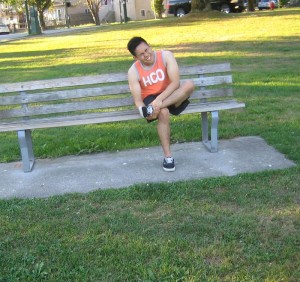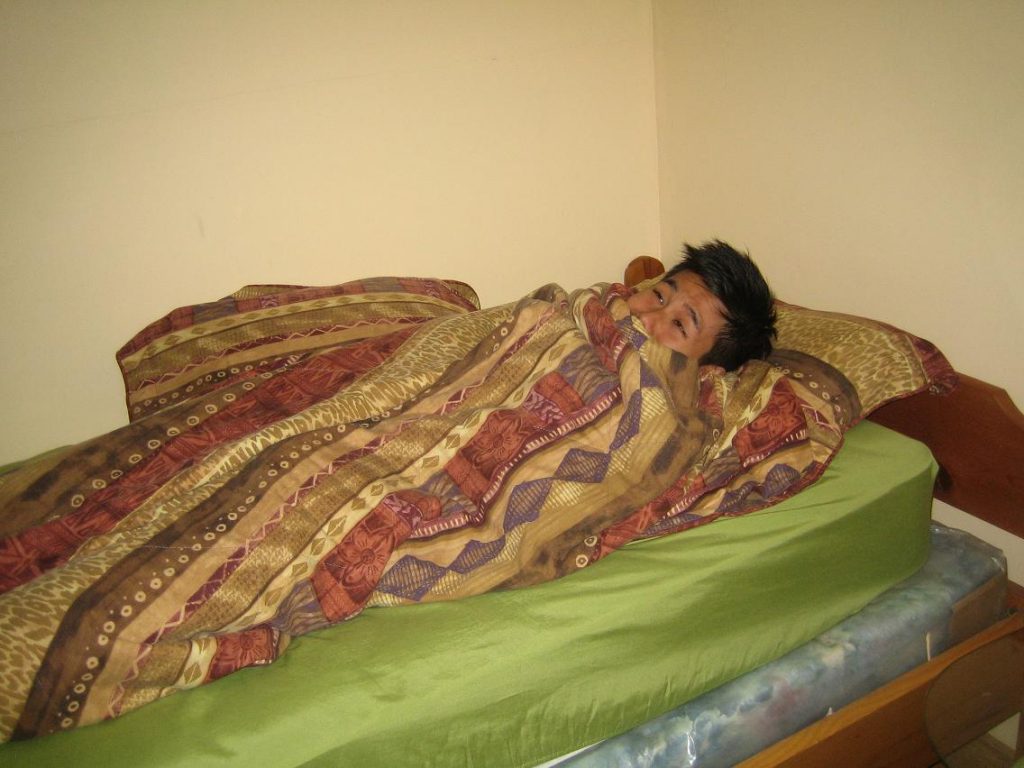Frostbite happens when the skin freezes due to extensive exposure to cold temperatures. Usually, frostbite develops in the fingers, toes, ears, nose, chin and the cheeks. Sometimes, the affected area can result to amputations. In some cases, only the skin is affected which is called frostnip, but severe cases usually involve the deeper tissues and requires immediate medical help.
Symptoms of frostbite
- Numbness of the affected area
- Cold skin and prickling feeling
- Red, white, bluish to white or grayish-yellow discoloration of the skin
- Hard or waxy appearance of the skin
- Clumsiness caused by the stiffness of the muscles and joints
- Sometimes, blisters develop after rewarming
Stages

- The first phase is frostnip which is a mild type. The skin becomes pale or red and very cold to the touch. Continuous exposure to cold can lead to a prickly and numb sensation in the area. As the skin starts to warm up, tingling sensations and pain can be felt. This stage will not cause lasting damage.
- The second stage of frostbite is characterized by skin that looks reddened and turns pale or white. The skin is soft and crystals start to form in the tissues. The skin starts to feel warm which is a sign of a serious skin problem. Sometimes, blisters can develop within 24 hours which occurs in the tips or ends of the affected area. Superficial frostbite does not cause loss of tissue.
- Severe deep frostbite affects all layers of the skin including all the tissues below. There is numbness, loss sensation of cold, pain and discomfort of the affected area. Joints or muscles of the affected area do not function properly. Large blisters develop within 24-48 hours after rewarming. Over time, the affected area becomes black and hard and the tissue dies
Causes
- Wearing clothing that is not suitable for the condition particularly clothing that does not provide adequate protection against the cold, wind or wet weather conditions.
- Overexposure to cold and wind for long periods of time.
- Direct contact with ice, cold packs and frozen materials.
Treatment
- Begin warming up the most commonly affected areas of the body such as the fingers, toes, nose and ears by tucking them into the armpits and place the dry gloved hands over the face, toes and other areas of the body to add heat.
- Remove any wet clothing to prevent the rising of the body temperature.
- If suffering from superficial to severe frostbite, the rewarming process causes pain. Take the prescribed non-steroidal anti-inflammatory drugs (NSAIDs) and pain medications such as ibuprofen to lessen the pain and inflammation.
- In a basin or bowl filled with water at a temperature between 104-107.6 degrees F, soak the affected area for at least 15-30 minutes. Antibacterial soap can be added to the water to reduce the risk for infection. Avoid using very hot water to prevent burning of the skin that can worsen the condition. For severe frostbite, rewarm the affected area for at least an hour.
- Avoid using dry heat such as heaters, fireplaces or heating pad since they can be difficult to control and could not supply the gradual heat needed in treating frostbite. In addition, they can even burn the skin.
If the affected area becomes pink or red, sometimes mottled, there is swelling and the development blisters, it is best to seek medical help immediately.
FACT CHECK
https://www.healthline.com/health/frostbite-stages
https://www.mayoclinic.org/diseases-conditions/frostbite/symptoms-causes/syc-20372656
